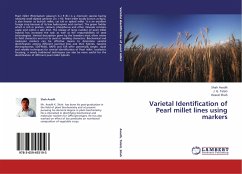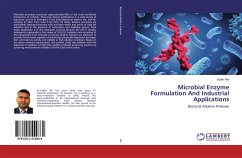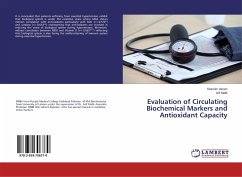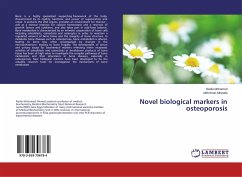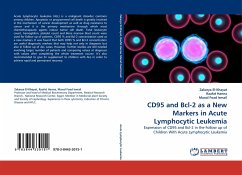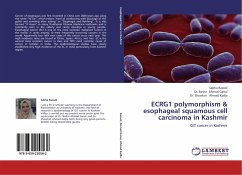Pearl millet (Pennisetum glaucum (L.) R Br.) is a monocot species having relatively small diploid genome (2n =14). Pearl millet locally known as Bajra, is also known as bulrush millet, cat tail or spiked millet. It is an excellent forage crop because of its low hydrocyanic acid content. The green fodder which is rich in protein, calcium, phosphorus and other minerals contains oxalic acid within a safe limit. The release of large number of pearl millet hybrids has increased the task as well as the responsibilities of seed technologists. Varietal description given by the breeders most often relate to field characters and not to seed or seedling characters. Biochemical and molecular markers can be effective means to determine varietal identification among different parental lines and their hybrids. Isozyme electrophoresis; SDS-PAGE, RAPD and SSR offer potentially simple, rapid and reliable techniques for varietal identification of Pearl millet. Isoelectric focusing, a newly traditional techniques can also be more useful for the identification of different pearl millet hybrids.
Bitte wählen Sie Ihr Anliegen aus.
Rechnungen
Retourenschein anfordern
Bestellstatus
Storno

